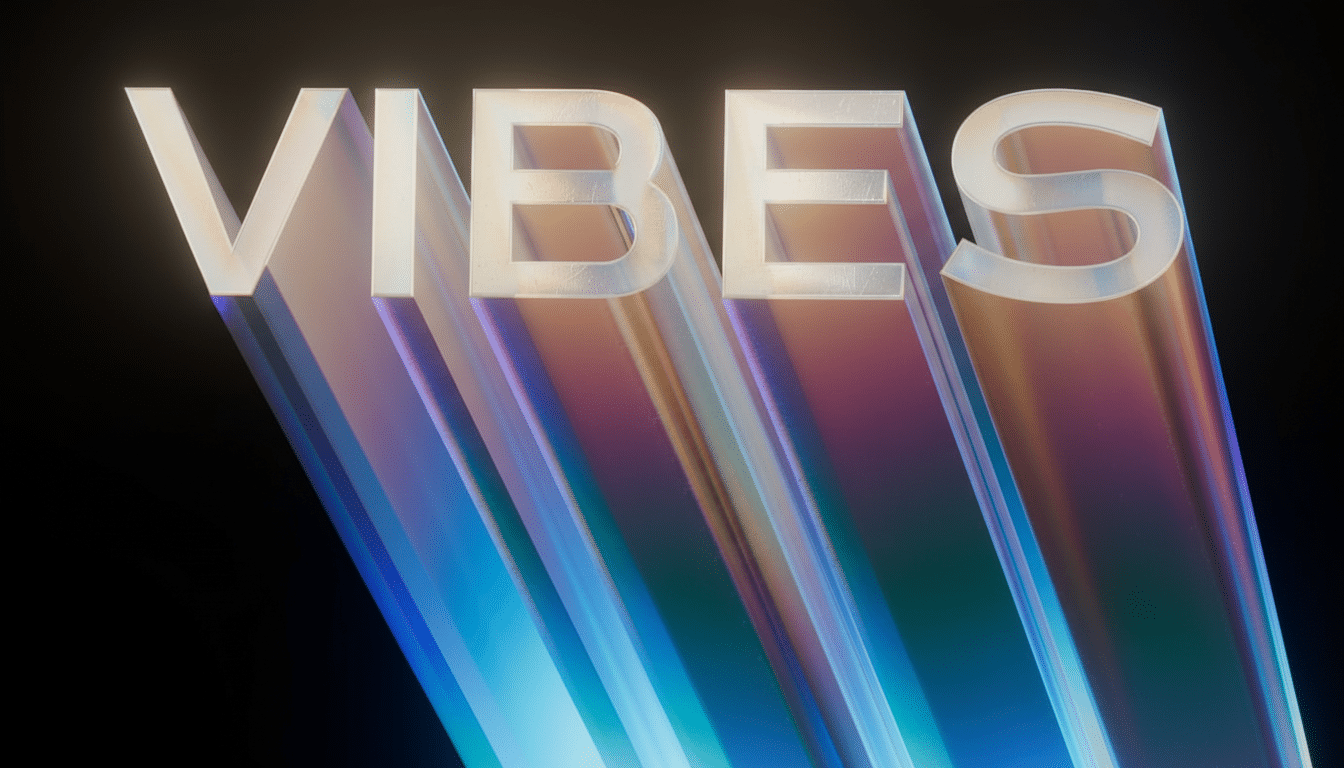Meta is launching Vibes to users across Europe in the Meta AI app, which is a feed of AI-generated short-form video clips. Imagine the endless scroll of TikTok or Reels, except every video is synthetic by design. The expansion comes after a brief U.S. launch and represents one of the earliest test markets for a format that combines generative tools with social discovery.
Vibes allows people to make clips from text prompts or remix existing videos with their own visuals and music. The feed “learns” over time what people like to see, and ranks AI-driven videos based on signals such as watch behavior and engagement, the company says. Posts can be shared to the Vibes feed, sent privately, or cross-posted to Instagram and Facebook Stories and Reels.
- What Vibes Offers: AI video creation, remixing, and sharing
- Why Europe Matters for Vibes’ launch and platform rules
- Authenticity versus automation in an all-AI video feed
- Monetization and discovery stakes for creators and Meta
- Safety, copyright, and compliance in Europe’s AI era
- What to watch next as Vibes expands across Europe

What Vibes Offers: AI video creation, remixing, and sharing
The product’s pitch is AI video collaboration. They can co-create, riff off of friends’ posts or iterate on trending formats with none of the baggage of traditional cameras, edits and shoots. It’s a frictionless workflow that caters to quick turnaround and infinite remixing, in much the same way meme culture inches across — except now the footage is machine-made.
Meta presents Vibes as a creative playground, not as a deepfake factory. Look for stylistic effects, stylized scenes and surreal mash-ups that will veer more toward entertainment and visual novelty than photorealistic impersonation. The company is also leaning on its existing distribution rails, with Vibes as a potential funnel into its wider family of apps.
Why Europe Matters for Vibes’ launch and platform rules
Arriving in Europe exposes Vibes to some of the world’s toughest platform rules. The Digital Services Act would require very large online platforms to be transparent about recommenders, give non-system-generated choices, and rapidly address reports of illegal content. Those obligations will determine how Vibes describes ranking, addresses user controls and moderates AI output.
There’s also a growing demand that synthetic media be clearly labelled. Meta has previously pledged to make “Made with AI” labels part of its apps, and it has backed industry-led efforts such as C2PA content credentials. In Europe, such signals of provenance are rapidly becoming table stakes, particularly with the EU’s AI Act edging closer to implementation and regulators eyeing generative technology.
Authenticity versus automation in an all-AI video feed
The timing is awkward. Earlier this year, the company behind Meta encouraged creators to prioritize originality and “authentic storytelling.” Now, it is promoting a feed that some users mock as “AI slop” — shorthand for the deluge of low-value, low-effort artificial content drowning out social platforms. The tension isn’t specific to Meta: YouTube has worked to require disclosures for manipulated or synthetic content and remove harmful forms of deepfakes, indicating a harder line on generative media at scale.
Vibes will have to demonstrate that it can surface delightful, inventive clips rather than floods of repetition and derivative output. Media generation within the Meta AI app has increased more than tenfold since it was released, Meta says — a positive sign of growth but not necessarily evidence of quality. The real test becomes whether people want to spend time in a feed where everything is artificial and there are no signals of authenticity by design.

Monetization and discovery stakes for creators and Meta
Meta has not elaborated on how creators might monetize Vibes content — a central motivation in short-form ecosystems. If Vibes relies on existing ad products or revenue splits, it might be able to lure early adopters into creating an AI-native format. If not, discovery and cross-posting to Reels could be the carrots that keep eyeing growth with their Reels even if direct payouts trail.
On the cost side, turning out video at consumer scale is compute-hungry. You can bet that Meta will employ a combination of model optimization, caching and constraints on length or resolution to keep the experience responsive. The company has its infrastructure and distribution on its side, but continued use will really depend on whether the feed feels fresh as opposed to factory-made.
Safety, copyright, and compliance in Europe’s AI era
Content safety is not optional in Europe. Sharp labeling, watermarks and provenance metadata can separate playful AI clips from deceptive manipulations. The European Commission has urged platforms to stop the spread of synthetic political misinformation; election cycles make that focus even sharper. Strong reporting capabilities and speedy takedown processes will be necessary guardrails.
Copyright is another friction point. Remixing AI-composed video material still may bring up rights questions about the music, likeness and derivative works. The EU Copyright Directive and text-and-data-mining rules would tilt in favor of respecting rights holders’ opt-outs, not for licensing clarifications. Vibes will also have to establish clear guidelines for what can and cannot be remixed.
What to watch next as Vibes expands across Europe
Three signals will determine whether Vibes sticks or not in Europe: the amount of time spent in the feed, the volume of posts that cross over to Reels and Stories, and how frequently users agree — or decline — to personalized recommendations. Also look out for the range of creative templates, strictness of labels and watermarks, and if regulators call for changes within the DSA.
The broader backdrop is a race to own entertainment made native for AI. From industry watermarking efforts to YouTube’s disclosure requirements, and the emerging ecosystem of text-to-video systems, standards appear to be coalescing, even as it all remains experimental. Meta’s bet is that people won’t only tolerate fakey video — in fact, they’ll prefer it and want to make it themselves in a social, remix-friendly way. That there is room for innovators to break through on continents like Europe, with almost 450 million people and exacting regulation, is a critical test.

